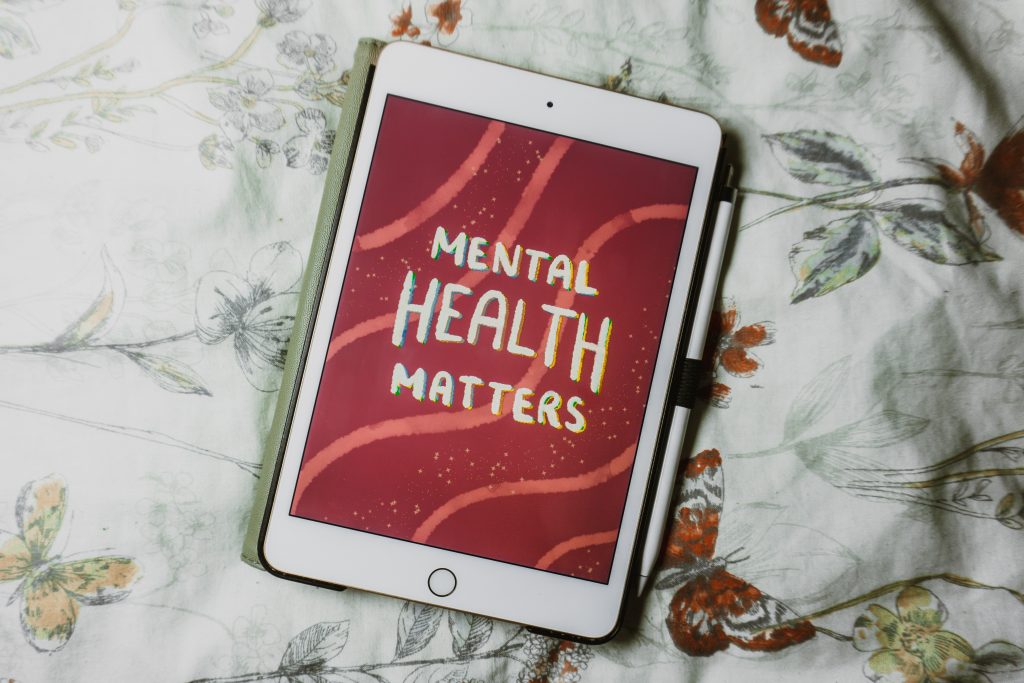Mental Illness Statistics
What we already know according to the National Institute of Mental Health:
- 1 in 5 adults in the United States live with a mental disorder and those mental disorders range in severity from mild to moderate to severe
- Young adults ages 18 – 25 years have the highest prevalence of any mental illness at 29.4%
- Only 38.9% of adults 18 – 25 years with any mental disorder received mental health services compared to 45.4% of adults ages 26 – 49 with any mental disorder
- Young adults ages 18 – 25 years have the highest prevalence of serious mental illness (SMI) at 8.6%
Mental Health for College Students

These statistics suggest that young adults attending college face significant mental health challenges. In 2012, the National Alliance on Mental Illness or NAMI released a groundbreaking report entitled, College Students Speak: A Survey Report on Mental Health. What we learned was trifold:
- College is a difficult time, emotionally, for many young people
- Many students come to college already diagnosed with a mental disorder while others will develop mental health issues
- Improving mental health awareness and increasing access to support/resources and mental health services are absolutely essential to meet the needs of our young people
CollegeStats.org published a mental health guide for college students illustrating similar findings:
- 40% of students do not seek help
- 80% feel overwhelmed juggling their responsibilities as college students
- 50% deal with significant anxiety that impacted their ability to function at school
- 30% of students believe their mental health problems impacted them academically
- 50% of students rated their mental health as below average or poor
- Only 7% of parents reported that their students had any mental health problems in college
Here is one more round of important statistics highlighted in Branka Vuleta’s post, 33 Alarming College Student Mental Health Statistics, on whattobecome.com:
- Almost 1100 US college students end their lives via suicide every year, and over 24,000 attempt suicide
- 64% of students drop out of college because of mental health challenges
- Almost 37% of US college students have depression
- Mental health symptoms are worsening amid the COVID-19 pandemic – 9 out of 10 students have experienced negative mental health symptoms and around 65% have are very worried about the duration of this pandemic

How Parents Can Help their College Student
As parents, it’s incredibly tough merely to send our children off to college. Whether the distance is a few miles or thousands, this stage signals a major transition into adulthood for our babies and the shift in the nature of the parent-child relationship. It’s made even more arduous when they are struggling emotionally.
Here are some TIPS to help our children get the help they need while attending college:
- Before you drop off your student at college, consider a few key factors –
Is your student already receiving mental health services?
Will they be living at home or on campus?
If your student is living on campus, are they close enough to drive back and forth for appointments, i.e. no more than an hour away?
2. If they are already receiving mental health services, inquire if their current provider is willing to continue to treat them. This will be determined by how close the student is to the office and the anticipated frequency of appointments based on the severity of illness.
3. If your student cannot (or does not wish to) continue care with their current provider or does not already have a mental health provider, find out what student mental health services their college or university already have in place.
Does the college or university have a formal student counseling center? If so, how long is the wait to get in?
How can students pay for services – health insurance, sliding scale fee?
Are services offered in person and/or virtual?
What services does the student counseling center offer – individual therapy, group therapy, peer-led support groups, an onsite psychiatrist, crisis intervention/after-hours services, walk-in hours?
If there is no formal student counseling center, is there an identified staff member to refer students to outside providers or at least to help them navigate the oft-complicated mental health landscape within their college city?
4. If your college student is already taking psychiatric medications:
Figure out at which pharmacy they will fill their prescriptions
Determine transportation options to pick up prescriptions
Formulate plan for when medications no longer seem effective, if medication side effects occur, if medications are misplaced, or when thoughts of suicide arise so that your student can take measured steps to reduce the risk of a suicide attempt
5. Discuss decisions around disclosure – To whom to make the disclosure and ff and when to disclose a diagnosis, whether at symptom onset or for worsening symptoms
6. Plan for accommodations – Find out how to access academic support if you fall behind on your workload. Identify the process required to initiate a medical withdrawal, if needed, before things spin out of control.
7. Create a safety plan – Help your college student learn how to identify the warning signs and symptoms that would indicate a need for additional support. Support options include taking a mental health day, calling a friend, telling a trusted adult (and whom that adult would be), contacting parents or guardians, or calling the National Suicide Prevention Lifeline at 1-800-273-8255 or 911.


